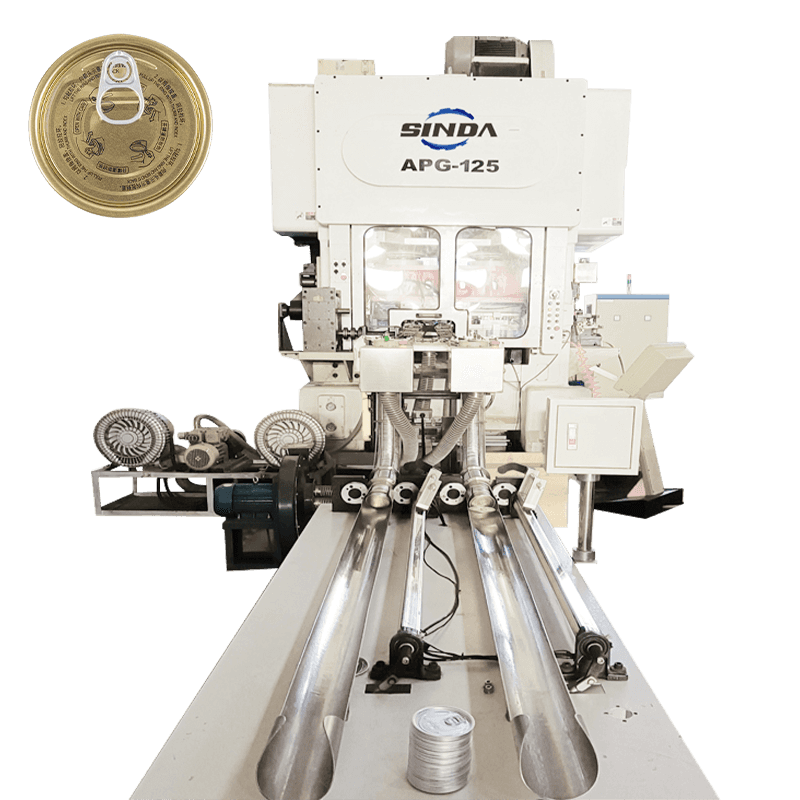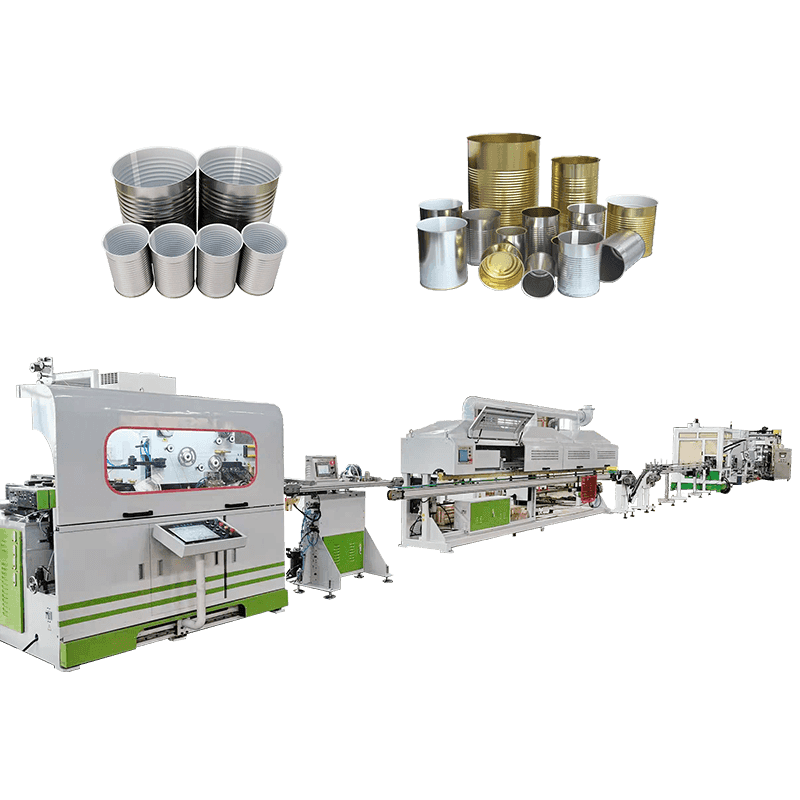Intelligent control system
In a highly automated aerosol can production line, the control system is the center of the entire operation. By integrating a programmable logic controller and a human-machine interface, centralized scheduling and real-time monitoring of the entire production process can be achieved. Operators can view the operating status, production parameters, alarm information, etc. of each process on the control panel, so as to make quick adjustments to ensure continuous and stable production operation. The control system can also automatically record key production data, including parameters such as filling volume, sealing pressure, and production speed, providing reliable data support for quality tracking and statistical analysis.
Automatic detection and quality identification
Aerosol cans, as a packaging product involving pressure and sealing, have high quality requirements. Modern automated production lines are equipped with a variety of online detection equipment, such as weighing systems, leak detectors, and visual recognition systems. The weighing system can detect whether the filling of each can of product meets the standard; the leak detector detects abnormalities through water inspection or airtightness test; the visual system performs image recognition on the appearance, printing, and coding of the can body, and promptly removes unqualified products. These detection equipment are linked with the production control system to realize the automatic removal of defective products, greatly improving the stability and consistency of the overall production quality.
Modular flexible switching
Highly automated production lines usually have strong flexibility. Through modular design, the production line can quickly switch aerosol cans of different specifications, including capacity, can type, valve type and nozzle style. There is no need for complex mechanical adjustments. The product switch can be completed by program setting or replacing a small number of parts, which significantly shortens the downtime. This flexible function is particularly suitable for multi-variety and small batch order requirements, and has strong adaptability in the current volatile market environment.
Intelligent logistics and feeding system
In order to ensure the continuity and efficiency of production, the automated production line is equipped with an intelligent logistics system, covering the links of tank conveying, valve supply, nozzle installation, and automatic conveying of filling agents. The conveyor line adopts a chain or roller automatic transmission structure, and cooperates with the positioning mechanism to accurately control the moving position of each can. The raw material conveying system monitors the material level through sensors and automatically replenishes it on demand to reduce human intervention. These functions reduce the intensity of manual operation, while avoiding errors and delays caused by human factors, making the production rhythm more stable.
Data tracking and remote monitoring
Under the concept of intelligent manufacturing, data collection and remote monitoring have become an important part of highly automated production lines. Through sensors, IoT devices and data platforms, the system can record the production data of each can of product and achieve product traceability. Once a quality problem occurs, the specific production time and equipment status can be quickly located to improve the efficiency of problem response.
The remote monitoring function enables managers to keep abreast of production dynamics at any time even if they are not on site, and remotely perform fault diagnosis, parameter adjustment or maintenance warning, further improving the controllability and safety of production.

 English
English عربى
عربى русский
русский




